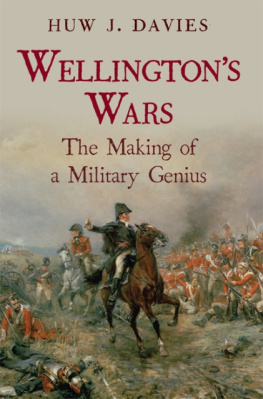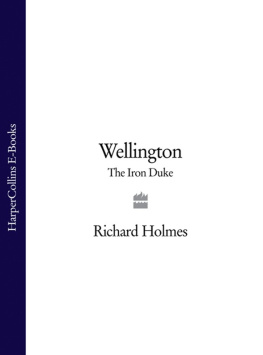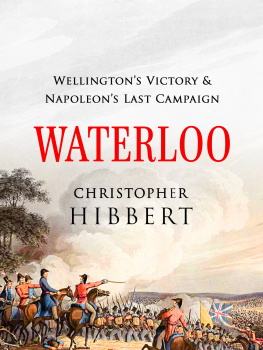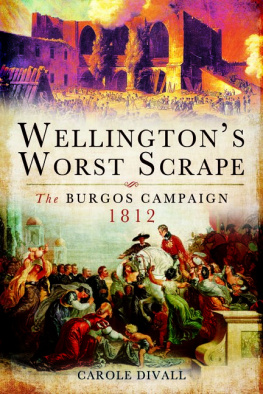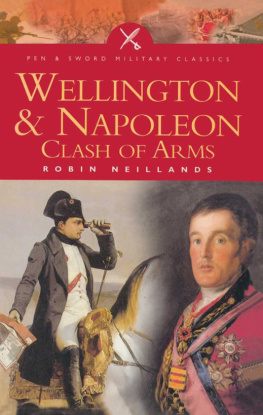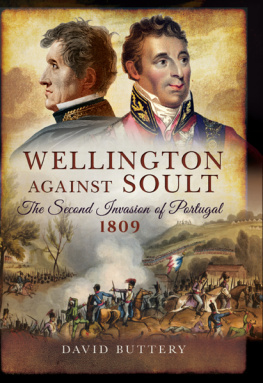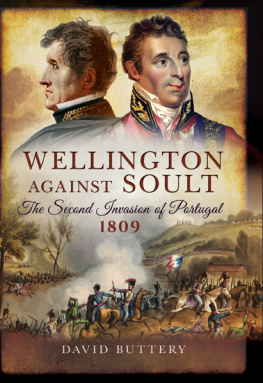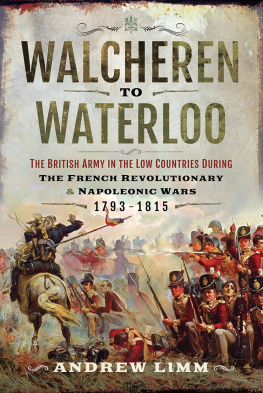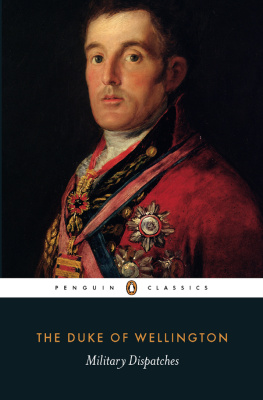


Published with assistance from the Annie Burr Lewis Fund
Copyright 2012 Huw J. Davies
All rights reserved. This book may not be reproduced in whole or in part, in any form (beyond that copyright permitted by Sections 107 and 108 of the U.S. Copyright Law and except by reviewers for the public press) without written permission from the publishers.
For information about this and other Yale University Press publications, please contact:
U.S. Office:
Europe Office:
Set in Adobe Caslon by IDSUK (DataConnection) Ltd
Printed in Great Britain by TJ International Ltd, Padstow, Cornwall
Library of Congress Cataloging-in-Publication Data
Davies, Huw J. (Huw John), 1981
Wellington's wars: the making of a military genius/Huw J. Davies.
p. cm.
Includes bibliographical references.
ISBN 978-0-300-16417-6 (cl : alk. paper)
1. Wellington, Arthur Wellesley, Duke of, 17691852Military leadership. 2. Great BritainHistory, Military1789-1820. 3. GeneralsGreat BritainBiography. 4. Prime ministersGreat BritainBiography. I. Title.
DA68.12.W4D34 2012
355.0092dc23
[B]
2011041773
A catalogue record for this book is available from the British Library.
10 9 8 7 6 5 4 3 2 1

Contents

Illustrations and Maps
Sir David Wilkie, General Sir David Baird Discovering the Body of Sultan Tippoo Sahib after having Captured Seringapatam on 4 May 1799, 1843. Yale Center for British Art, Paul Mellon Collection, USA/Bridgeman Art Library.
J. C. Stadler after William Heath, Battle of Assaye, 23 September 1803, 1818. National Army Museum.
John Philip Davis, Richard Colley Wellesley, Marquess Wellesley, c.183560. National Portrait Gallery.
Sir Thomas Lawrence, Robert Jenkinson, Second Earl of Liverpool, 1827. National Portrait Gallery.
Sir Thomas Lawrence, Robert Stewart, Second Marquess of Londonderry (Lord Castlereagh), 180910. National Portrait Gallery.
Unknown, Comrades in Arms (Thomas Graham, Baron Lynedoch; Rowland Hill, 1st Viscount Hill; Sir Thomas Picton; Henry William Paget, first Marquess of Anglesey), after 1815. National Portrait Gallery.
Thomas Jones Barker, Battle of Vitoria, 21 June 1813, c.1853. Defence Academy of the United Kingdom, Shrivenham, UK.
Thomas Jones Barker, Wellington at Sorauren, 27 July 1813, c.1853. National Army Museum.
Engraving by Jean Godefroy after the sepia drawing by Jean-Baptiste Isabey, Congress of Vienna 1815, 1819. AKG-Images.
Flix Henri Emmanuel Philippoteaux, The Battle of Waterloo: The British Squares Receiving the Charge of the French Cuirassiers, 1874. Given by F. R. Bryan to the British Museum.
Adolf von Menzel, Blcher und Wellington auf dem Schlachtfeld von Belle-Alliance, 1858. SCALA.
Wood engraving, undated, after painting by Rudolf Eichstadt, Blcher at Genappe, 1857. AKG-Images.
Sir Thomas Lawrence, Arthur Wellesley, Duke of Wellington, with a telescope, 1827. Huntington Library and Art Gallery, San Marino, CA, USA/Bridgeman Art Library.
Maps
Campaign in Northern Europe, 17945
Political Map of India, 1797
The Mysore Campaign, 1799
The Deccan Campaign, AugustDecember 1803
The Battle of Assaye, 23 September 1803
Major British Battles of the Peninsular War, 180814
The Retreat from Burgos, 22 October25 November 1812
The Vitoria Campaign, MayJune 1813
The Invasion of France, OctoberDecember 1813
Political Map of Central Europe (Congress of Vienna), 1814
Allied Dispositions before Waterloo, 1415 June 1815
The Battle of Waterloo, 18 June 1815: the Arrival of the Prussians

1 General Sir David Baird commanded the force that stormed Seringapatam on 4 May 1799. His wife had this painting commissioned following his death. Baird was actually nowhere near Tipu Sultan when his body was found. Nor was Wellesley, who can be seen in Baird's shadow, peeking over his shoulder. No doubt a comment of Baird's opinion of Wellesley.
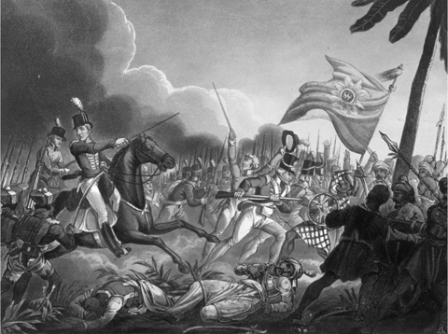
2 Wellesley can be seen rallying his troops in the face of stiff resistance from the Marathas. Wellesley considered this the bloodiest and greatest of his victories (along with the Nivelle). The battle had a major influence on Wellesley's approach to warfare and imbued in him a respect for South Asian warriors, rare among British soldiers of the period.
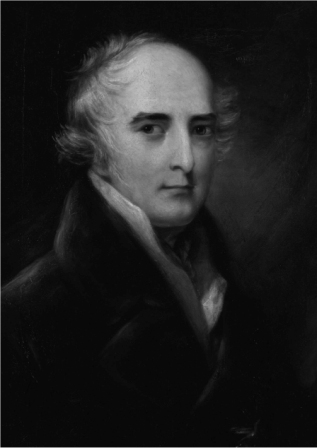
3 Mornington was responsible for Wellesley's early political experience, and for keeping him on the straight and narrow. Unfortunately, despite his best efforts, Wellesley was unable to return the favour and, in 1805, Mornington was sacked. After a few years in the political wilderness, Mornington became the Foreign Secretary between 1809 and 1812, when he, Wellington and Henry formed a triumvirate of Wellesley's who effectively governed British strategy.
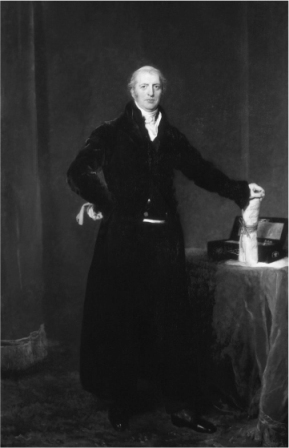
4 One of Wellington's closest allies in cabinet, Liverpool was War Secretary between 1809 and 1812, when he became Prime Minister. Although a constant worrier, Liverpool managed to maintain an impressive detachment, helping to oil the wheels of government and war, despite being at the receiving end of Wellington's sometimes vitriolic criticism.
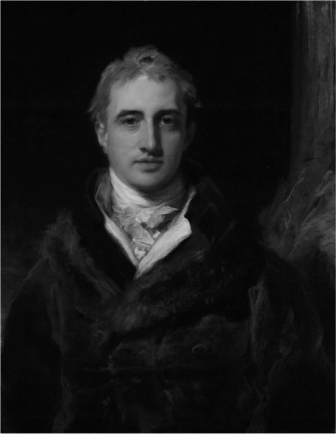
5 A lifelong friend, Castlereagh was instrumental in ensuring Wellesley was appointed to command in the Peninsula after the Convention of Cintra debacle. Soon after, Castlereagh resigned from office for three years following a duel with the then Foreign Secretary, George Canning. Castlereagh returned to public office in 1812 as the new Foreign Secretary. During this period, he became Britain's most famous diplomat, and ensured that British interests were secured at the Congress of Vienna in 181415.
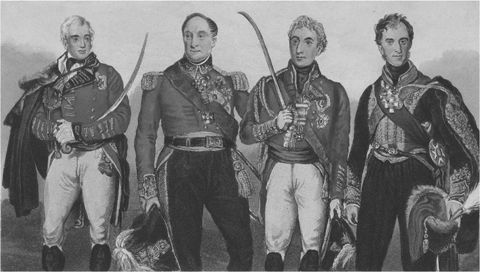
6 Four of Wellington's greatest generals. Sir Thomas Graham and Sir Rowland Hill became Wellington's most trusted corps commanders in the Peninsular War, often being sent on independent missions. Sir Thomas Picton was infamous for being foul-mouthed and ill-tempered, but he frequently achieved startling results on the battlefield before his death at Waterloo. Henry Paget was second-in-command at Waterloo, and was in overall command of the cavalry.
Next page
